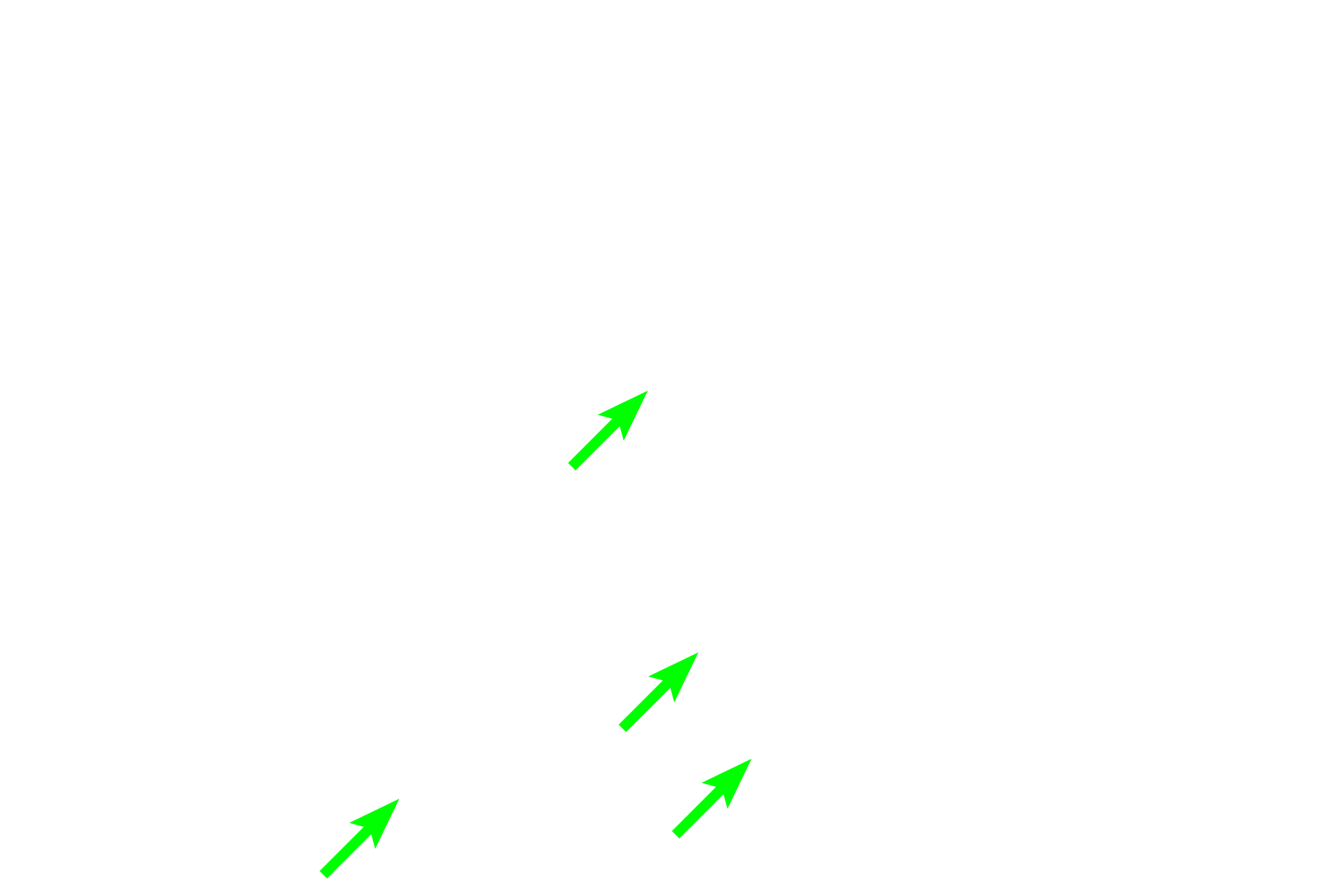
Cortex: Convoluted portion
This image compares the histological appearance of the three tubules located in the convoluted portion of the cortex: the proximal and distal convoluted tubules and the connecting tubules. 400x

Proximal tubules >
Proximal tubules are lined by a tall, simple cuboidal epithelium with a brush border. Some of these proximal tubules have a precipitate in their lumens, which stains intensely with eosin. Their cytoplasm appears vacuolated due to the poor fixation of the mitochondria.

Distal tubules >
The convoluted portion of the cortex contains the distal convoluted tubules and the ascending thick limb as it associates with the juxtaglomerular apparatus. Both regions are lined by a simple cuboidal epithelium that lacks a brush border. Nuclei often appear irregularly spaced around each lumen, which is larger in diameter than that of the proximal tubule. Given the proximity of these tubules to the vascular pole, they are most likely the ascending thick limb.

Connecting tubules >
Connecting tubules are lined by a simple cuboidal epithelium that lacks a brush border. These tubules connect the distal convoluted tubule with the collecting duct in the medullary ray.

Renal corpuscle >
Also visible in this image are a portion of a renal corpuscle, an afferent or efferent arteriole, and an extensive network of peritubular capillaries.

Afferent or efferent arteriole
Also visible in this image are a portion of a renal corpuscle, an afferent or efferent arteriole, and an extensive network of peritubular capillaries.

Peritubular capillaries
Also visible in this image are a portion of a renal corpuscle, an afferent or efferent arteriole, and an extensive network of peritubular capillaries.